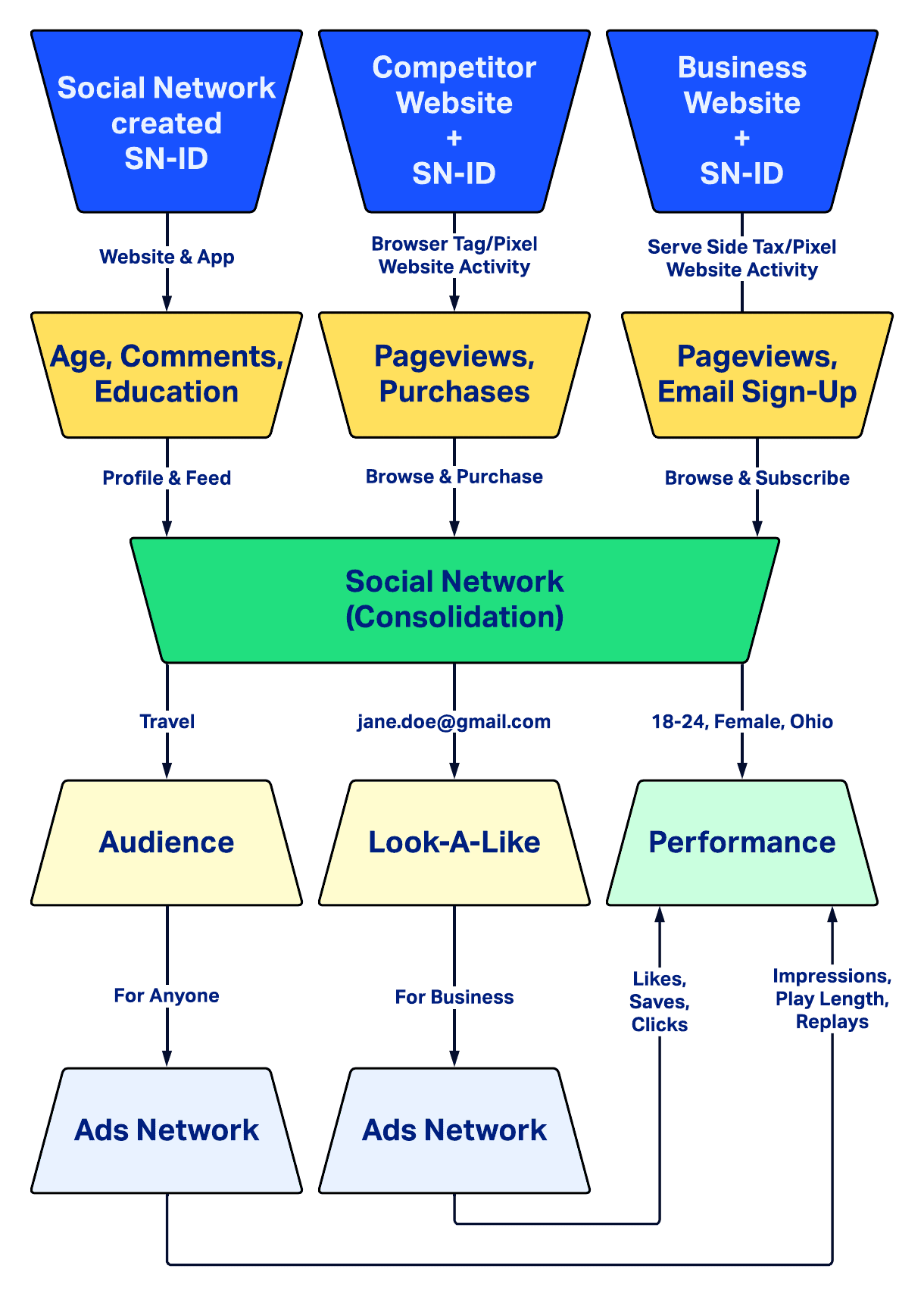First, let’s discuss what cookies are—and no, not the kind you can eat! Cookies are digital pieces of information that are stored in a bank in your web browser session. This information is intended to be stored on the browser and communicated back to the server at a later point for purposes such as identification, improved experience, or tracking. However, there are several potential risks and benefits from this technology, of which we will further expound on.
Table of contents
Types of Cookies
There are two basic types of HTTP Cookies:
- Session: Supports experiences like the items in your shopping cart or make your browser “back button” work
- Persistent: Have an expiration date and can last over sessions. These are usually for tracking or authentication (“remember me” checkbox with your password).
One can probably see in most cases, this process is intended in the best cases as outlined above. Most first-party cookies are restricted to the use of the website you are on and are generally more secure. However, in the worst cases, this information can be mined or utilized across multiple websites from third-parties, allowing for the website owner or marketer use of personal data such as shopping trends or even email.
How Do Third-Party Cookies Work?
Third-party cookies collect data on multiple business websites and then can combine that data with information that has been provided by the consumer or the collector’s primary website. This data can then be modeled into an “Affinity”, like “Apparel Womens Shoes,” Interests, like “Travel,” or others that appear like a consumer “Look-A-Like.” After the models are created, they can be sold to advertisers or businesses that analyze that data further for decision making.
Here is an outline of the basic process of third-party cookie collection and consolidation with a Social Network Identifier (SN-ID) in a cookie:

Real world Cookie examples
One example of this in the physical world would be not unlike a venue’s coat check.
First-Party:
You check your coat and receive a ticket with a random number associated with your stored coat for later retrieval. This then:
- Improves your experience in the venue by not having bulky apparel on.
- Provides the attendant the ability to quickly find your coat.
- Enables you to expediently retrieve your coat and leave the building.
Third-Party:
Based on the brand of your coat, you are put into one of two groups of “goodie bags” given to you when you leave:
- More expensive coat brands get “Bag-A” with a luxury gift and a coupon for a return visit.
- Less expensive coat brands get “Bag-B” that contains just a coupon for a return visit.
- We can then see of those who received “Bag-A”, which subset, such as “Brown Coats” or “Women” used the coupon most often.

